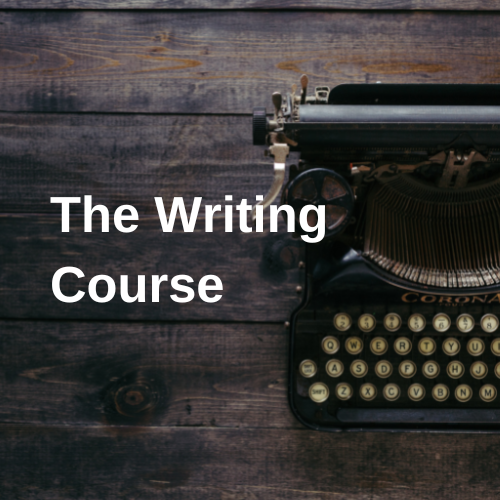Fundamentals of Academic Writing #6: Linking ideas
One of the key skills in any kind of writing is knowing how to link ideas and lead the reader from one point to the next.
And although there are countless ways you could do it, there are some guiding principles you can use. And if you understand these principles, you can make decisions as you go, saving a huge amount of time and effort.
Provide a setup or context
The secret is that it’s not just about presenting information… it’s about providing a setup or a context for that information that leads the reader in that direction.
For example, in a literature review, you could just write a summary of a paper, but if you don’t give the reader a reason to be interested then why should they be?
But if you provide a setup or a context then it’s a totally different story.
For example, you could say
Until the early 2000s it was widely believed that…
This gives us an initial situation or context
However, with the discovery in 2003 by Smith et al…
Now with no technical detail at all, in just two lines you’ve given the reader some idea what the story is. They know that Smith’s discovery is important in some way and they know it’s had some effect on the field.
And this sets you up perfectly to then say what that effect was.
Maybe it laid the groundwork for some new area of study… or maybe it caused controversy or extensive debate.
This simple example contains some of the basic elements you need to link ideas together into a coherent narrative.
We have an initial situation or context…
We have an event (a discovery in this case),
and we have the effects of that event.
Example 2
Here’s another example…
Let’s say there’s some open question and many different ways it’s been approached. This is our initial situation and context.
So then If you say:
One of the most common approaches is that proposed by Smith…
Again, the reader immediately knows the significance of Smith’s work, even before you say what they did.
Next, if you say something like;
However, Smith’s approach does not account for…
Now the reader can anticipate that, most probably, you’re going to present some alternatives that do account for this issue.
In this second example, we’re introducing a problem, which then serves as something for the literature to respond to. It gives a reason for those alternatives to exist and for the reader to be interested in them.
The underlying principle is that almost all the information you present, can be framed as:
a context or a situation
a problem or question or need (which may arise from that situation)
a response to a problem, question or need, or
a consequence of an idea, an action, an event or discovery
Now there’s some overlap between these categories. The situation or context could itself be a problem. Or problems or questions could arise as consequences of something else.
Really what we’re talking about here is cause and effect. I might say, problem and response, but it’s the same basic principle that provides a natural, logical link from one idea to another.
In terms of the decision-making or problem-solving processes that I’ve spoken about in the last few videos, this kind of link is what I’m looking for while I’m writing. And if I can’t find the link; if I have an idea in my head but I can’t link to it within the context I’ve set up, or if it ’s going to take me off on a wild tangent, that’s when I’ll probably just cut it.
So it helps with decision making, but it can also help with developing ideas and reaching new insights through writing, too. And this is what I’ll cover in the next video.

